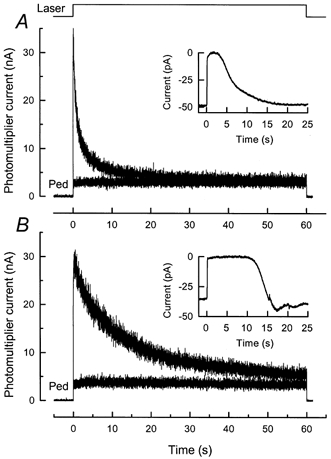Figure 4. Effect of BAPTA incorporation on the time course of fluo-5F fluorescence decrease in Ringer solution.

Laser intensity, 2.4 × 109 photons μm−2 s−1. A, fluorescence decrease for a dark-adapted rod in Ringer solution for 60 s laser exposure. Smaller-amplitude trace is for second laser exposure 45 s after first (Ped). The inset shows the suction pipette current response of the same rod to 20 ms flash of 500 nm light of intensity 310 photons μm−2. Response was measured before laser exposure from dark-adapted cell. B, identical protocol for a rod from another piece of retina from the same animal as in A except that the fluo-5F incubation solution also included 50 μm of the acetoxymethyl ester of the Ca2+ chelator BAPTA (BAPTA AM). Note slower decline of fluorescence during the first laser exposure, and the greatly prolonged duration and undershooting recovery of the suction current response (inset).
